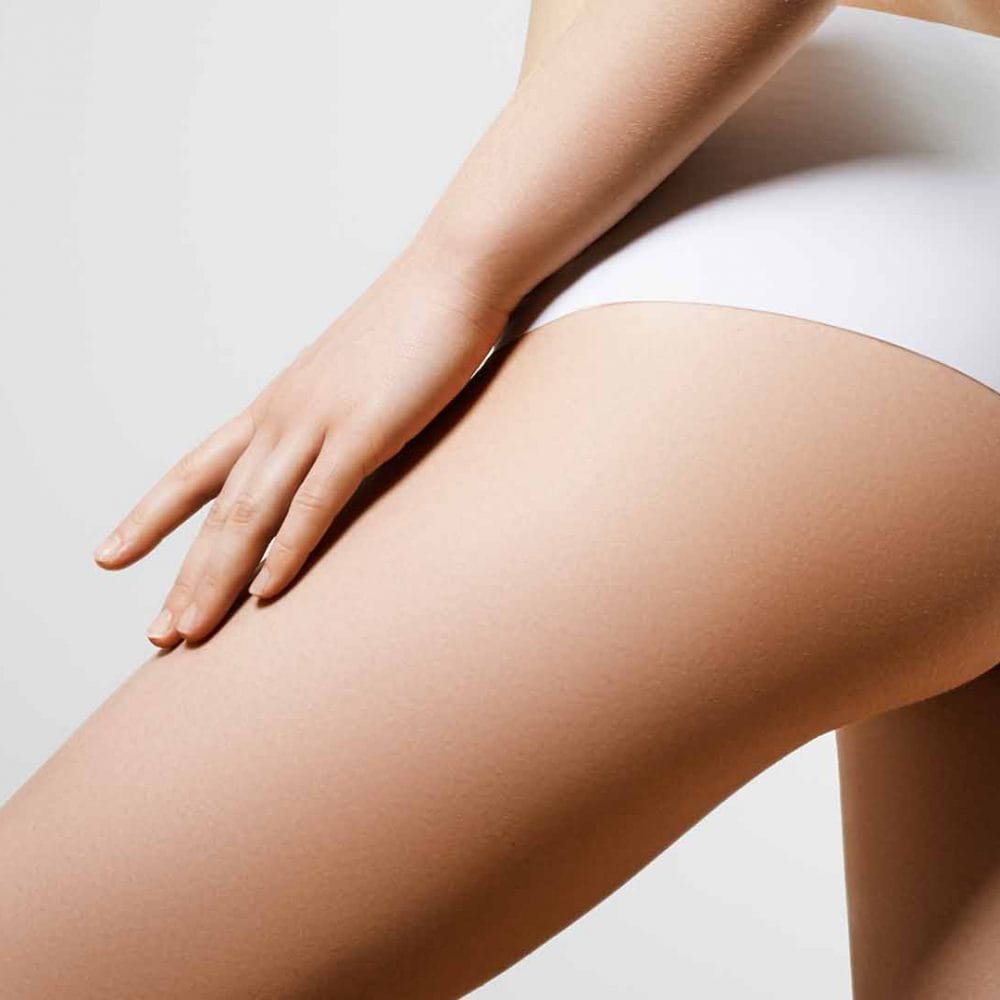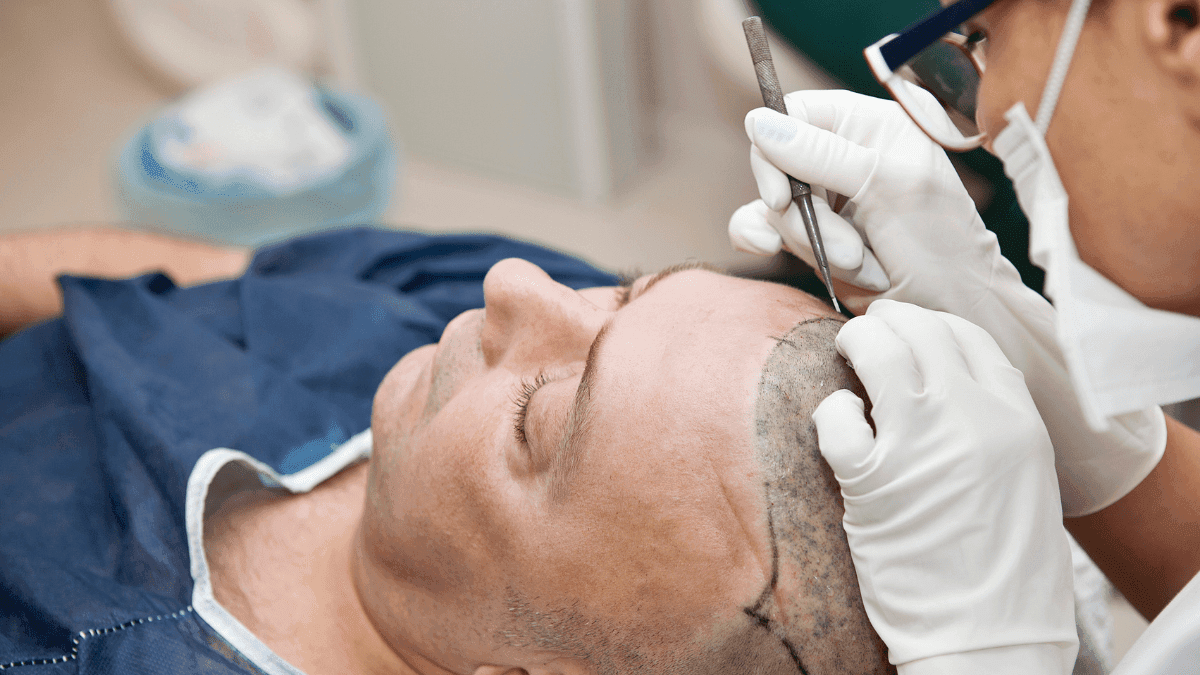Advantages of a Buttock Lift
Excess skin, sagging buttocks from aging, heredity factors, or dramatic weight loss can be considerably improved with a buttock lift. A buttock lift treatment gives more contoured and toned bottoms and hips by removing excess fat and skin from the area.
By tightening and lifting the skin over the buttocks, this surgery may make the buttocks appear less saggy, dimpled or wrinkled. A buttock lift surgery gives visible results almost immediately after the procedure, but it may take several months to achieve the final look. A buttock lift does not make your existing buttocks more voluminous and shaped, but it may make your buttock area look sleeker and more toned.
BENEFITS OF A BUTTOCK LIFT:
3 X FASTER THAN PHARMACEUTICALS
NO PILLS OR CREAM
QUICK & EFFECTIVE
80% AVERAGE ACNE CLEAR
REPLENISHES SKIN
Buttock Lifting Procedure
Buttock lift surgery is generally performed as an outpatient procedure under general anesthesia. At the start, the surgeon makes incisions on the side of the thigh and buttocks in strategic areas, followed by removing excess fat and skin. Next, the skin is then tightened and sutured in layers. Before the surgery, the patients can consult the surgeon about the best places to hide their incisions.
FAQ
The lower body lift procedure begins with the surgeon making an incision around the belt-line of the waist, across the lower abdomen, and across the top of buttocks. Excess fat and skin are then removed before the incisions are closed and covered with bandages and a compression garment for six weeks to reduce swelling and aid in the natural tightening of the skin. Liposuction is a very useful tool which may be used to remove excess fat and shape the body in these patients.
The ideal candidate for a lower body lift is someone with excess loose skin following successful weight loss or bariatric surgery. The patient must be healthy and free from any chronic health problems.
Following a lower body lift you are advised to ensure you have a member of family or a close friend available to help you while you recover from surgery, you may need to go home with drains. A compression garment must be worn for six weeks. Your wounds will be checked two weeks after your surgery and the surgeon who performed your surgery will see you after 6 weeks for a follow-up assessment and as often as required until you are fully recovered. It is important that you stay well hydrated and mobile (drink fluids and potter around the house). Take pain relief tablet as prescribed and do not miss or delay doses. It is vital that you attend all necessary post-operative appointments. It is recommended that you take four to six weeks off work, stop driving for two weeks and avoid physical exercise until advised.
A buttock lift is a treatment to improve contouring and toning of bottoms and hips by removing excess fat and skin from the buttocks. A buttock lift improves and/or removes excess, sagging buttocks and thigh skin that has developed as a result of weight loss, ageing and gravity, or genetics. By raising and tightening the skin over the buttocks, a buttock lift may make the buttocks appear less saggy, dimpled or wrinkled. The results of buttock lift surgery are visible almost immediately, but it may take several months for your final results to fully develop. A buttock lift does not add volume or shape to your existing buttocks, but it may give a sleeker, more toned appearance.
It is carried out under sedation in the clinic theatre or under general anaesthetic in the hospital theatre. The surgeon carries out a buttock lift by making incisions on the side of the thigh and buttocks in strategic areas, before proceeding to remove excess fat and skin. The skin is then tightened and closed in layers. Patients can discuss the best places to hide their incisions during their consultation before surgery.
Good candidates for buttock lift are:
- Individuals with loss of skin elasticity in the buttock area due to extreme weight loss or ageing
Following a buttock lift a sterile dressing is applied and you will need to wear a compression garment or elastic girdle for six weeks that tightly holds the skin in to reduce swelling and aid in the natural tightening of the skin. Your wounds will be checked two weeks after your surgery and the surgeon who performed your surgery will see you after 6 weeks for a follow-up assessment and as often as required until you are fully recovered. It is vital that you attend all necessary post-operative appointments. It is recommended that you take two to four weeks off work, do not drive for two weeks and avoid physical exercise until advised.
We offer finance
Find out more
YourPractitioner
Dr Edwin Anthony | Director & Founder
Hair Transplant Surgeon & Cosmetic Doctor
GMC Number: 4776646
Consultations: 99 Harley St
A leading Vaser lipo doctor. Recognised for 4d Vaser, high, medium definition lipo & uses Renuvion skin tightening to enhance the smoothness & sculpting. Clients travel from the UK, Asia, Africa & the Middle East. Trained by Dr Hoyos, Hi Def Vaser pioneer.
Professional Memberships


I can’t recommend EA clinic enough. I have had several procedures there now (vaser liposuction, mole removal and peels) and between Gill and Dr Anthony I have been so well looked after. They are consistently professional, passionate and clear in the options they provide you. Whether it is consultation, procedure or aftercare Dr Anthony always has so much time to make you feel at ease and fully informed. Both Gill and Dr Anthony are also friendly which is so lovely and welcoming as a patient. Overall I feel so much happier and confident since seeing the team at EA Clinic.
Published 13 June 2018













